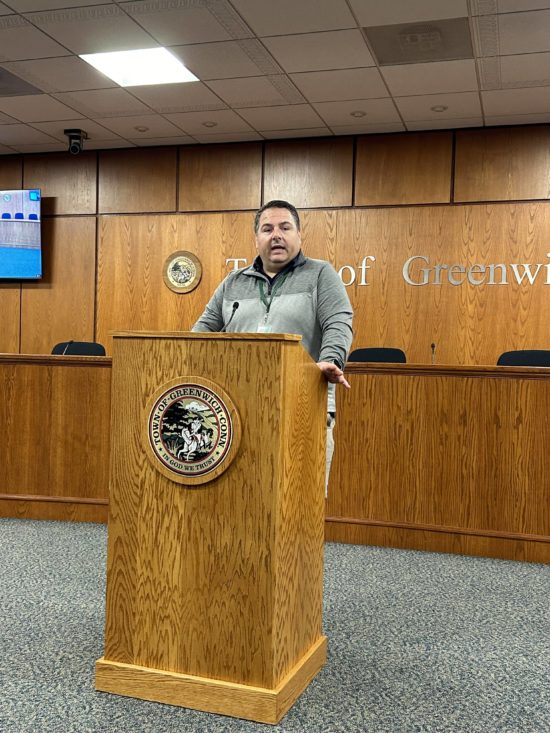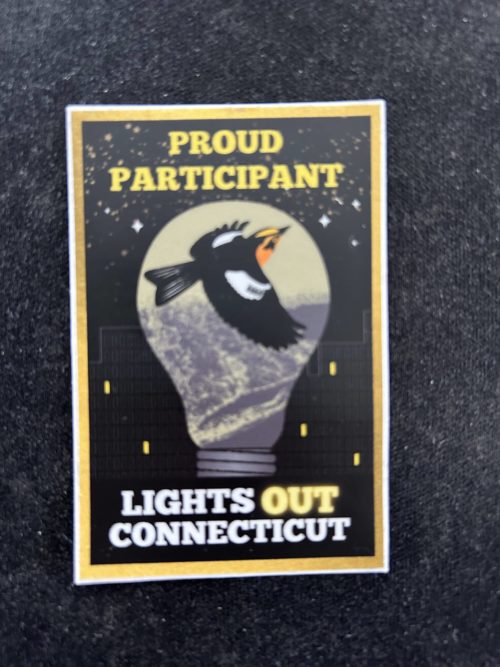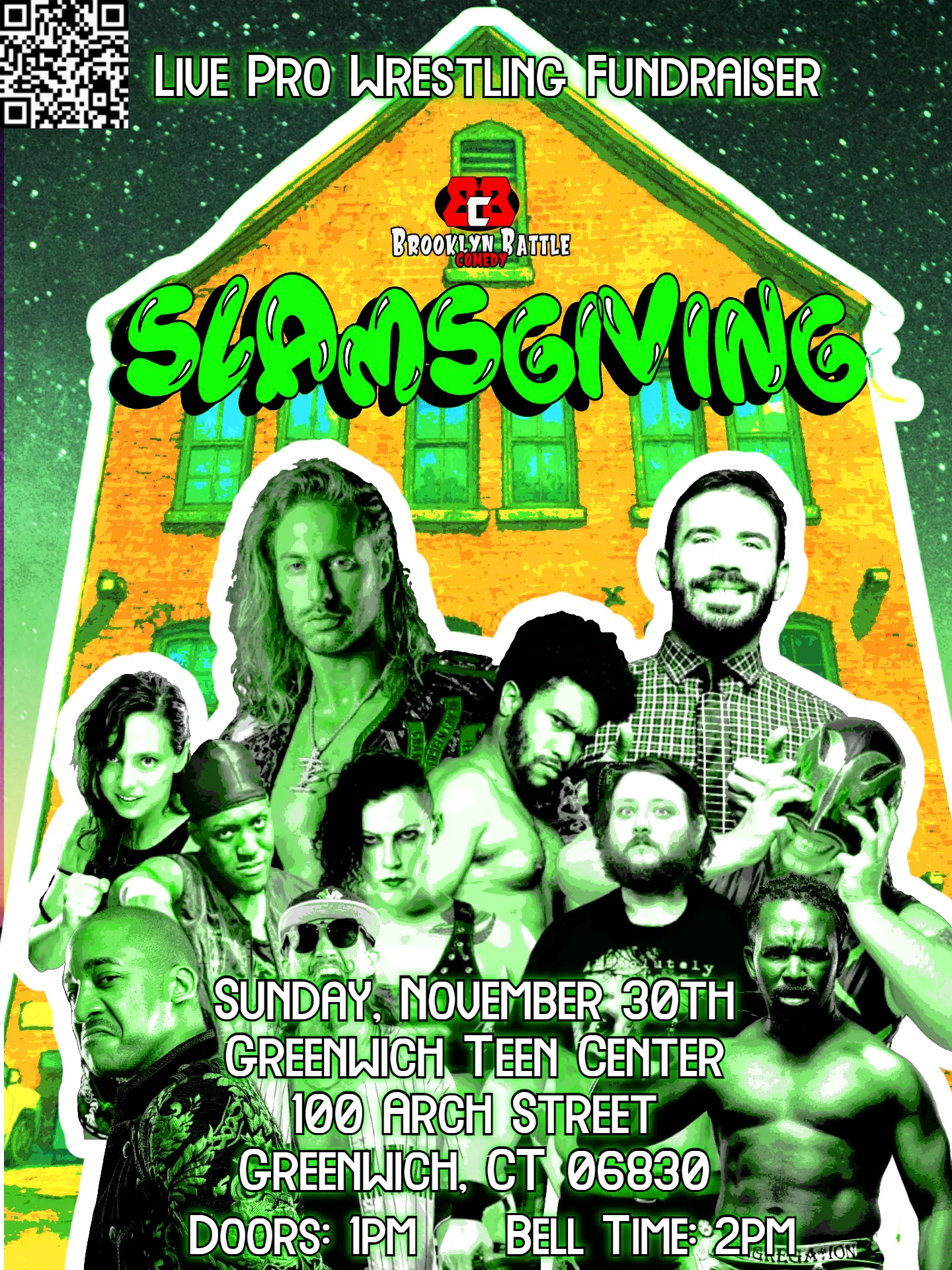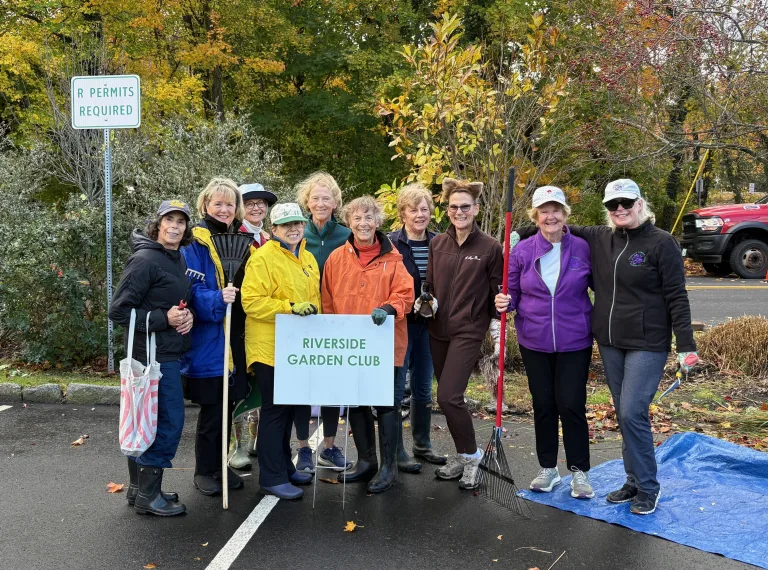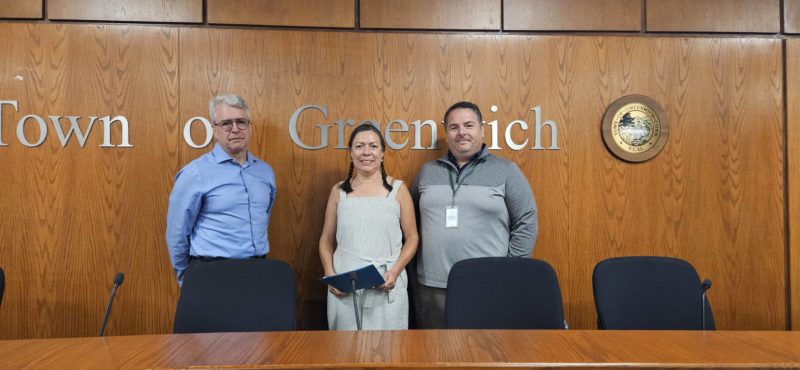
By Anne W. Semmes
This past Wednesday in the Town Hall Meeting Room was the kickoff informational meeting of the new “Lights Out Greenwich” regulations, making history as the Town is first to do such in the state. Those 40-plus attendees on Zoom and present were introduced to the extraordinarily negative effects of light pollution and how the Town’s new rules that went into effect this past March are helping to minimize the effects of light pollution while “promoting energy efficiency and biodiversity.”
“These new rules make us the very first municipality to conform to the standards set forth by Lights Out Connecticut, an advocacy group formed to help municipalities better manage nighttime lighting and to limit light pollution,” began Myra Klockenbrink, Greenwich’s Sustainability Committee Sector Co-Chair of Land & Water. “What makes Greenwich special is its superlative natural environment. That environment is a constantly evolving landscape that requires every person, every organization, and every business to do its part to protect and prioritize our environment and how we live within it.”
The Lights Out Greenwich regulations, she told “were developed by our planning and zoning commission as part of the town’s plan of conservation and development.” The result was, “a 10-year roadmap aimed at balancing technological advances with the challenges brought on by climate change and growth with these new rules. She then introduced Patrick LaRow as the director of Greenwich’s Planning and Zoning department. “He helped craft these new regulations and it’s my pleasure to welcome him to speak to their importance.”
“The goal specific in the P&Z,” said LaRow, “is that we were addressing with this regulation change to update the lighting regulations to minimize light pollution and the overall requirement for glare, which is light striking your eye directly…whether from residential or commercial sources. And included – “streetlights and athletic field lighting.”
“The regulation again specifically addresses outside of the building lighting,” he noted, for both commercial and residential buildings. “And regarding preferable lighting – we wanted a lighting specialist involved to make sure that we were asking for things that are available in the market. So, any homeowner can go in and pick up a light bulb or pick up a light fixture and understand by looking at the packaging if it can or cannot meet the regulation.”
LaRow then explained how to alter exposed light fixtures with a cowl “that will conform the light to an area of the task it’s intended for. Klockenbrink then told of a user-friendly handout available that describes how to limit light pollution, “and it’s something everyone can do.”
Up next was Craig Repasz, chair and co-founder of Lights Out Connecticut, “that provides best practices for lighting in line with Connecticut state law and the Connecticut State building code with an emphasis in protecting our bird light.”
“So, you are first in the state to have this level of ordinance that addresses light pollution,” he began. “Back in 2012 there was an ordinance passed by the state that only dealt with highway lights. Two years ago, there was a law that was passed signed by Governor Lamont that only applied to state owned buildings and that was simply to shut the lights off from 11 o’clock at night to six o’clock in the morning year-round. We were asking them to do it during peak migration for birds. Somebody saw that there was a cost savings and that there could be millions of dollars of payers’ money saved by shutting off the lights.”
“We have 155 species of birds,” he continued, “that either will migrate from Connecticut through Connecticut, and they are migrating at night. This light pollution impedes their progress. So, you’re taking a step to make the nights dark for these birds that have passed over us this time of year. We could literally have a million birds fly over our state as radar indicates every night…So, Greenwich is a leader.”
What the last speaker offered on Zoom was most dire. Dr. Mario Motta was introduced as a retired cardiologist fellow of the American College of Cardiology and the American Society of Nuclear Cardiology, and an associate professor of medicine at Tufts University School of Medicine. Motta congratulated Greenwich for “doing the right thing and being a leader,” then spelled out the human health impacts from light pollution.
“So human health is affected by bad lighting. The most obvious is glare. It’s a dangerous condition for drivers and the pedestrians… The more lighting you put up, crime statistics get worse.” Light pollution “interferes with circadian rhythms and that means melatonin suppression, which inhibits the immune system when it suppressed and that leads to endocrine related carcinomas, specifically breast, prostate, thyroid and pancreas. It interferes with sleep, mood and depression and psychiatric issues, obesity and diabetes, coronary events.”
And more, “Outdoor lighting affects people in their house by shining through their shades. It doesn’t take a lot of light to suppress the melatonin…The more light shines in your bedroom, the higher your risk of breast cancer up from 14 to 50 percent increase.” He ended with, “There is literally a thousand studies to prove everything that I just talked about.”
In the Q&A, Ryan Brumberg, an RTM member representing the backcountry – “which is a very dark area” – spoke out against the lighting regulations. “It makes me a little scared as a resident of the town that we’re creating a culture where we want our neighbors to go find and inform on other neighbors… and make sure the town’s aware that they might be doing an extra violation?” He plans a petition “to bring to the RTM…that would change this entire ordinance.”
P&Z Director LaRow responded with pointing out the RTM had adopted the new lighting regulations “by an overwhelming majority if you go back and check the votes.” And, that the intention of the regulations was “not to be punitive, it’s to create a level playing field of which everyone knows what the rules are and can follow them” and “to protect each other from nuisances and occurrences that can diminish the quality of life for every resident.”
Klockenbrink ended the meeting with confirming that “Lights Out Greenwich is here to inform the public…to let people know what the rules are and how they can best come into compliance.” She also directed those attending to access darksky.org, “if you’re interested in the best kind of light fixture to purchase. They have good resources there and you can learn a lot about what we’ve been talking about today in terms of the environment and our health.”
Speaking with attendees afterwards, Lisette Henrey, who serves on the Conservation Commission, expressed her concerns “of how these light regulations can be enforced.”
Cynthia Ehlinger, who serves on the Lights Out Greenwich Committee and leads bird walks, was impressed “to hear of all the myriad reasons to have lights out and the need to follow these regulations. There are reasons that have to do with human health, reasons that have to do with the environment, the birds in migration, and just the economic reasons to save money make it so sensible. Plus, the idea that lighting has changed so much in the last 10 or 15 years, that we need the new regulations to follow what is out there on the market.”
